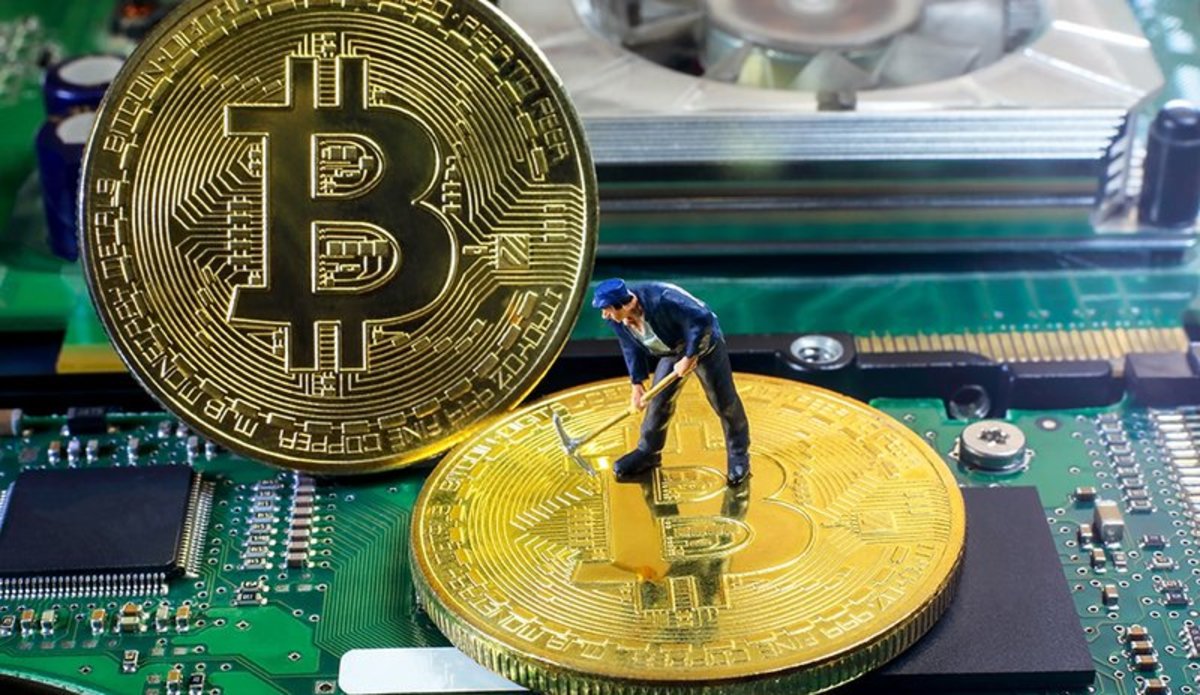The 19 millionth bitcoin has just been mined, data from Bitbo shows, leaving less than two million BTC remaining for miners to put in circulation as the Bitcoin network tick-tocks its way through a fixed issuance schedule until it reaches the 21 million supply limit and doesn’t create any new bitcoin ever again.
The milestone demonstrates how Bitcoin’s creator, Satoshi Nakamoto, was able to join together decades of research in different areas of computer science to achieve scarcity in the digital realm, a unique feature central to Bitcoin’s value proposition.
Before Bitcoin, digital cash suffered from the flaw of double spending. Until its creation, the only way to ensure a party wouldn’t spend money twice was through a central authority that had to keep track of coins being sent and received thereby updating users’ balances – much like the traditional financial system. However, Nakamoto’s invention, through the usage of the Proof-of-Work (PoW) mechanism in a distributed ledger, enabled computers running a piece of software to enforce strict spending conditions that prevented a digital representation of value to be spent twice for the first time – or at least made it prohibitively expensive to do so.
While miners and nodes together work through the issuance and enforcement of bitcoin, investors interested in acquiring ever-more scarce BTC have to bid their way through the limited supply of the asset. Historically, miners used to offload their freshly minted bitcoin on the market to cover operating expenses in U.S. dollars, however, nowadays it has become commonplace to see mining companies add their produced coins to their balance sheet and issue bitcoin-backed loans as needed. As a result, Bitcoin has gotten even more scarce as a larger percentage of the total bitcoin supply gets locked up long term.
Currently, a miner earns 6.25 BTC per block mined. The block reward, as it is called, has been cut in half every 210,000 blocks – roughly every four years – ever since Nakamoto mined the first one which yielded a 50 BTC reward. Now, ever less new bitcoin are distributed each epoch, further increasing the scarcity of the asset. Therefore, even though it has taken roughly a dozen years to mine 19 million bitcoin, the remaining 2 million won’t be minted until 2140 if the protocol remains as is today.
Curiously, the 21 million supply cap of the Bitcoin protocol isn’t written in its white paper or its code. Rather, it is the ever-decreasing number of bitcoin rewarded by each block in conjunction with the decentralized network of computers enforcing that reward that allows the network to implicitly prevent the issuance of bitcoin above the limit.
“Bitcoin implementations control new issuance by checking that each new block does not create more than the allowed block subsidy,” cypherpunk and Casa co-founder and CTO, Jameson Lopp, wrote in a blog post.
By ensuring that bitcoin cannot be spent twice and that the block reward does not yield more than it should at any given time, the distributed network of Bitcoin nodes can indirectly enforce the supply limit as the block reward trends towards zero over the next century.
In addition to bringing scarcity to the digital realm, Bitcoin therefore also enables a predictable monetary policy scheduled ahead of time, which breaks away from the current monetary system where governments and policymakers can increase the issuance of money as we’ve tangibly experienced over the past couple of years. As a result, currency debasement is not possible in Bitcoin and its users’ purchasing power is protected.
This image plots the trajectory of Bitcoin’s total supply (blue) against its rate of monetary inflation (yellow). Notably, Bitcoin’s inflation rate is known ahead of time through a software protocol enforced by thousands of computers scattered around the globe. As the block reward trends to zero until the next century, new bitcoins will not be issued and miners would reap only the fees of transactions on the Bitcoin blockchain. Image source: BashCo.
In addition to protecting people’s purchasing power, with its predictable policy Bitcoin enables planning for the future as users can rest assured that nobody will debase their money. Important developments in society are arguably enabled by a strong commitment to long-term work and investment, rather than short-term bets.
But given the paramount scarcity of BTC, why has its price been trading in a range between $30,000 and $60,000 over the past year?
The Bitcoin price in U.S. dollars can be thought of as a lagging indicator of humanity’s understanding of the technology and its innovative value proposition. Currently, only a small percentage of the world’s population truly grasp the unique concepts of programmatically decentralized and scarce money, so while the Bitcoin price might trend to infinity over the long term, that won’t likely become a reality until most of the global population – or most of the world’s capital – starts understanding that. When they do, a sharp supply shock might ensue as an unlimited amount of money flows into a limited amount of bitcoin.
Source: https://bitcoinmagazine.com/markets/19-million-bitcoin-have-been-mined




